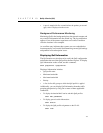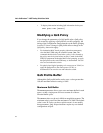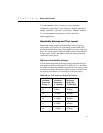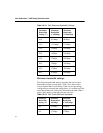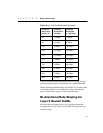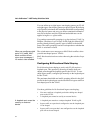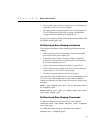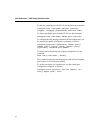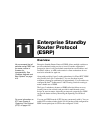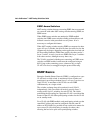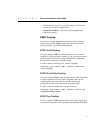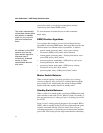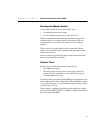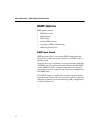
Enterprise Standby
Router Protocol
(ESRP)
Overview
We recommend that all
switches using ESRP use
the same version of
firmware for
interoperability. See
"Software Upgrade and
Boot Options" on page
419.
Enterprise Standby Router Protocol (ESRP) allows multiple switches to
provide redundant routing services to users. From the workstation’s
perspective, there is only one default router that has one IP address and
one MAC address, so ARP cache entries in client workstations do not
need to be refreshed or aged-out.
Along with providing Layer 3 routing redundancy for IP and IPX
§
, ESRP
also provides for Layer 2 redundancy. You can use these layered
redundancy features in combination or independently. You do not have to
configure the Intel
®
NetStructure™ 480T routing switch for routing to
make valuable use of ESRP.
The Layer 2 redundancy features of ESRP offer fast failure recovery
(usually four to nine seconds) and provide for multi-homed system
design. In some instances, depending on network system design, ESRP
can provide better resiliency than using the Spanning Tree Protocol
(STP).
For more information on
STP, see Chapter 9,
"Spanning Tree Protocol
(STP)" on page 125.
You can use ESRP instead of STP, but not concurrently with it. You can
enable STP on other switches for the VLAN, but the switch configured for
ESRP cannot participate in STP for the configured VLAN.
11



